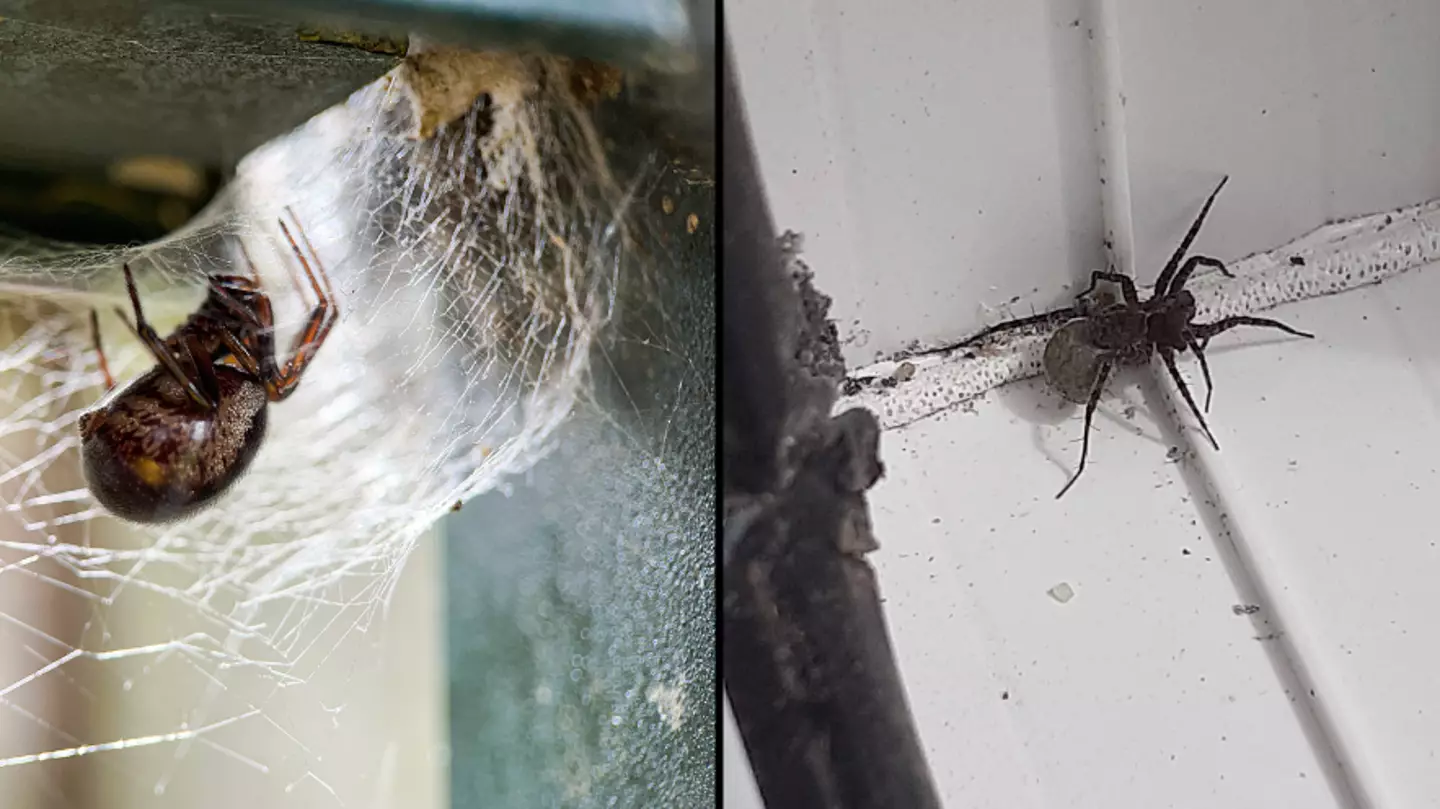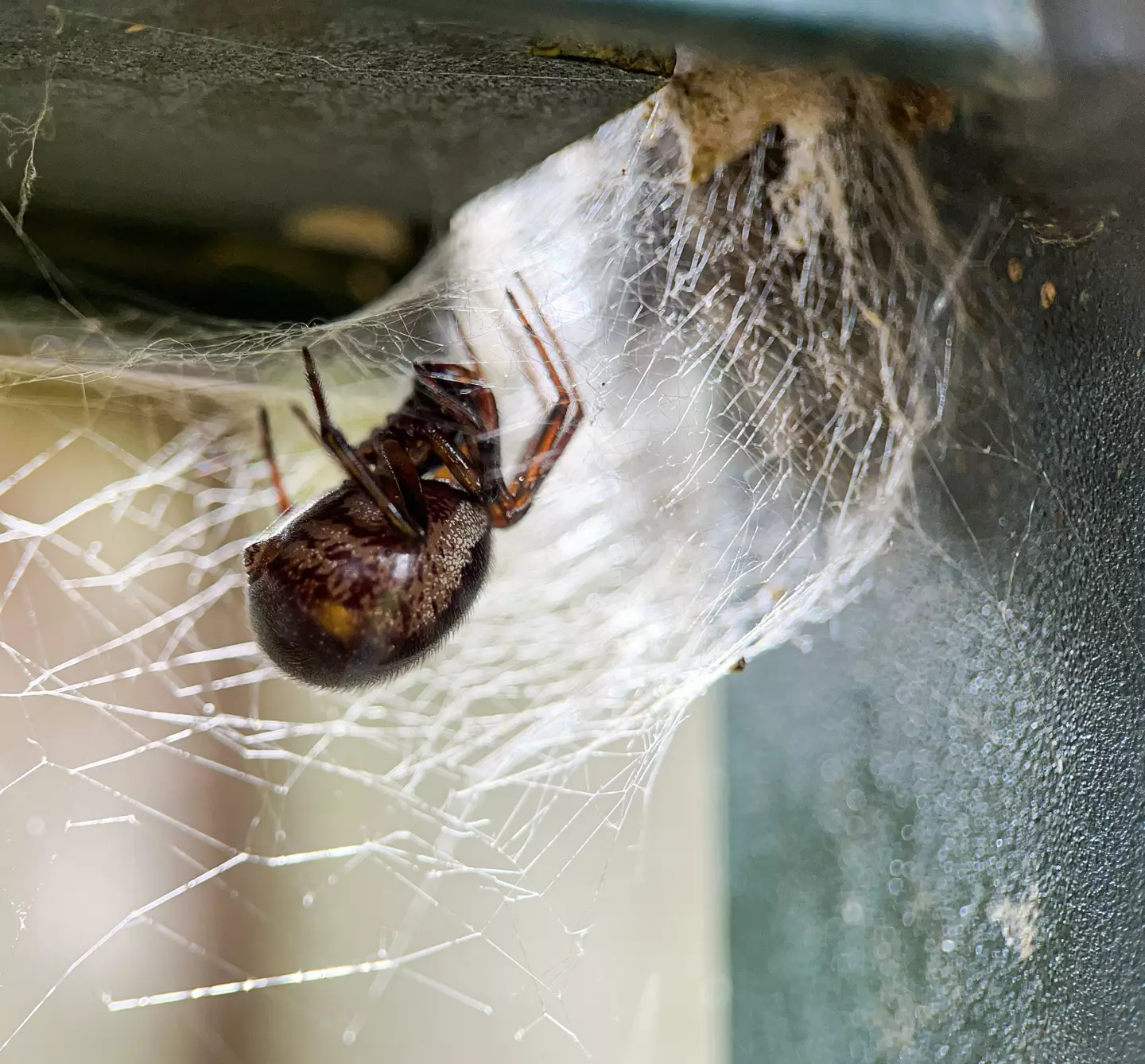
The chilling reality of squashing a pregnant spider is definitely something you don't need to see - but might make you curious to know.
Of course, the automatic response to seeing a spider in your home is to get rid of it immediately - either through the tried-and-tested paper and cup method or hitting them with the nearest object to hand.
However, it would be a good idea to steady your broom-hand - especially if that spider is a pregnant wolf spider.
Advert
It's something that you'll want to avoid, so before you go around whacking big spiders and risking a worse outcome, there are some things you should know.

What is a wolf spider?
The wolf spider is different to other species of the arachnid, as the female carries her eggs in a sac on her spinnerets.
Advert
Spiderlings climb onto the mother's abdomen after hatching, living there until they are big enough to hunt on their own, and the mother can carry hundreds of them at a time.
Anyone else feel like spiders are crawling around on them?
How do I identify one?
There are ways to identify wolf spiders in particular before deciding your plan of action after spotting one though, as they have these characteristics:
- They have a size between 10 and 35 mm.
- The spider has eight eyes, arranged in three rows.
- They have eight legs, two body parts and fang-like mouthparts called "chelicerae."
The bad news here is that it could be a more dangerous species, such as the brown recluse or the ever-dreaded black widow - though it it hard to tell all of these apart.
Advert
Black widows stay close to their webs, while Brown recluses stay in darker places like attics, but it is best to get in touch with a pest control professional to identify the species.
But if you do see one of these big wolf spiders and feel tempted to squish it with a broom, ending your creep-crawly nightmare once and for all, don't. And this video is a good reason not to:
What if I want to squish the wolf spider anyway?
Your target might just be a multiple-egg-carrying female, and squishing one of these will possibly release hundreds of spiderlings onto the floor, multiplying your problem by 100.
Advert
As shown in the video above, the scene looks like one from a horror film, with hundreds of mini-spiders spreading across the floor before the broomstick holder smacks them all dead before they can find a hiding spot.
It's a situation you'd rather avoid.
So if you do see one, it is imperative that you try to trap it, instead of attempt to kill it - the use of glue boards are particularly helpful and are available at farm supply shops.
Or you could go old school and trap it with a glass and paper before releasing it into the wild, though if you find multiple spiders in your home, it is best to contact a pest control expert to deal with it on a wider-scale.

How do I stop them from getting inside?
Stopping them from getting in is the best way to deal with the issue, as wolf spiders live by the thousands in leaf litter and grassy areas, with popular places of choice being holes or tunnels in the soil.
Advert
Under floor boards, stones and firewood are popular spots for them too, though they do sometimes venture indoors.
According to The University of Kentucky, you should take the following measures to stop spiders from infesting in your home:
- Thoroughly clean and vacuum your house.
- Cut down on clutter in undisturbed areas such as closets, garages, basements and attics.
- Keep firewood, building materials and debris away from the house, perhaps in a shed.
- Keep shrubs, vines and tree limbs from the side of the house, trimmed.
- Install tight-fitting window screens and door sweeps.
- Install yellow or sodium vapour light bulbs instead of incandescent bulbs outside entrances, as they are less attractive to night-flying insects, the prey of spiders.
Hopefully all of these things work, but if not, good luck!
Featured Image Credit: Getty Stock Photos